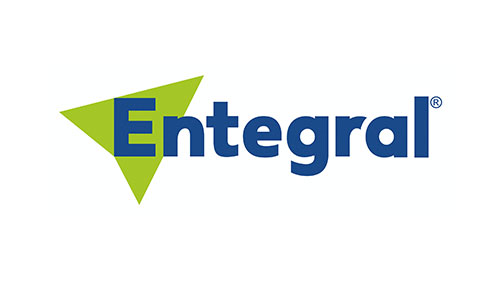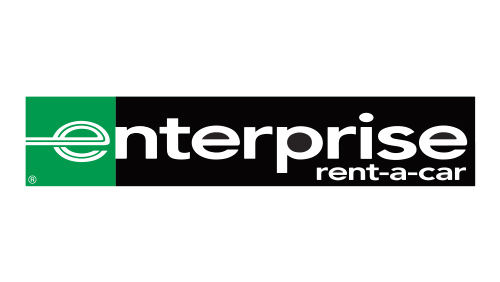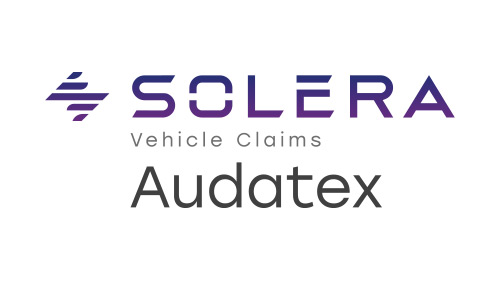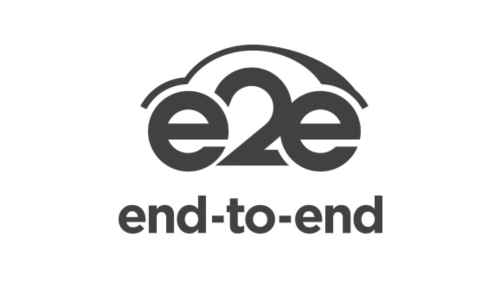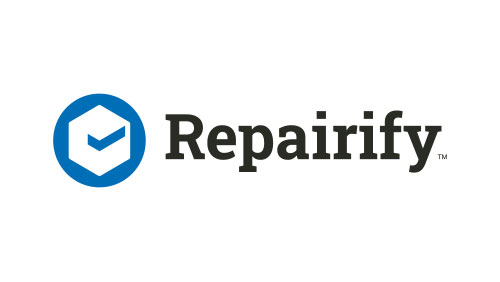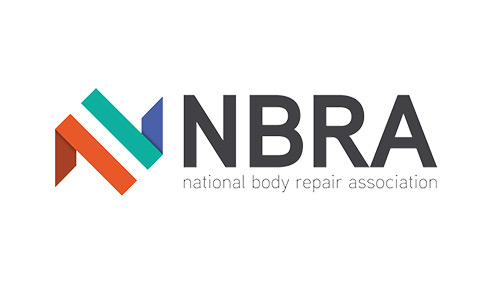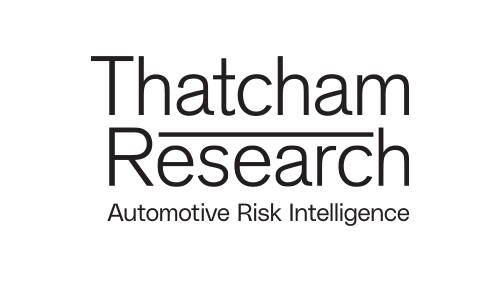Insight & commentary provided by Paul Sell, Director, Trend Tracker
As these headline metric show, keeping informed about how the vehicle repair market is evolving remains critical.
Throughout 2023 we saw rapid and significant increases in repair costs – largely driven by inflation (particularly energy costs) – which led to large scale increases in motor insurance premiums (Confused.com claim 58% increase in last year).
Keeping informed on key metrics became and remains important.
Repair costs (eg labour, paint, parts combined) continue to climb higher than the current rate of annual inflation (CPI 4.2%) but have slowed from the double figure increases seen in 2023 to a six per cent increase year-on-year currently. This was consistent in December and January suggesting this is starting to find a new level. Within this, the largest increase year-on-year was in labour – influenced by sharp rising energy costs.
Cycle time has started to reduce, which seems to be largely due to key-to-key (K2K) which has fallen. Lead times are longer than this time last year. This suggests the ‘new normal’ method of collecting images and information prior to bringing the vehicle in and pre-ordering parts to ensure everything is in place to reduce K2K/off-road time, has created greater bodyshop efficiencies whilst customers might need to wait a little longer for their vehicle to be repaired.
Finally, repair volumes bounced back in January after a quiet (short) December, showing a four percent increase Vs the same period in 2023. This brings the repair volumes almost in line with those seen prior to the covid pandemic.
For further details on these metrics, as well as economic factors, vehicle values and sales, salvage values and green parts penetration click here.
ARC360-Trendtracker-Feb24




